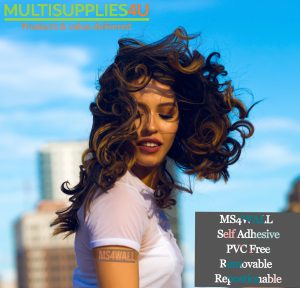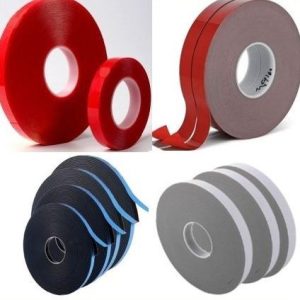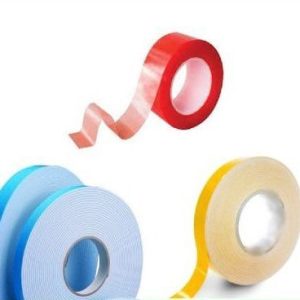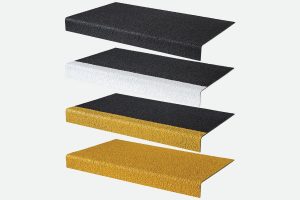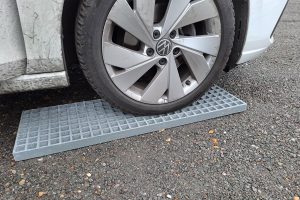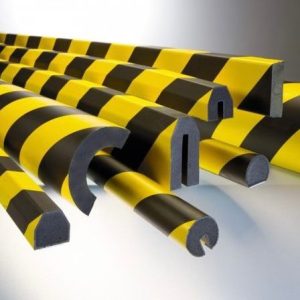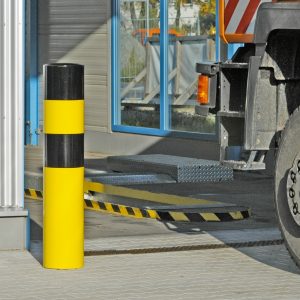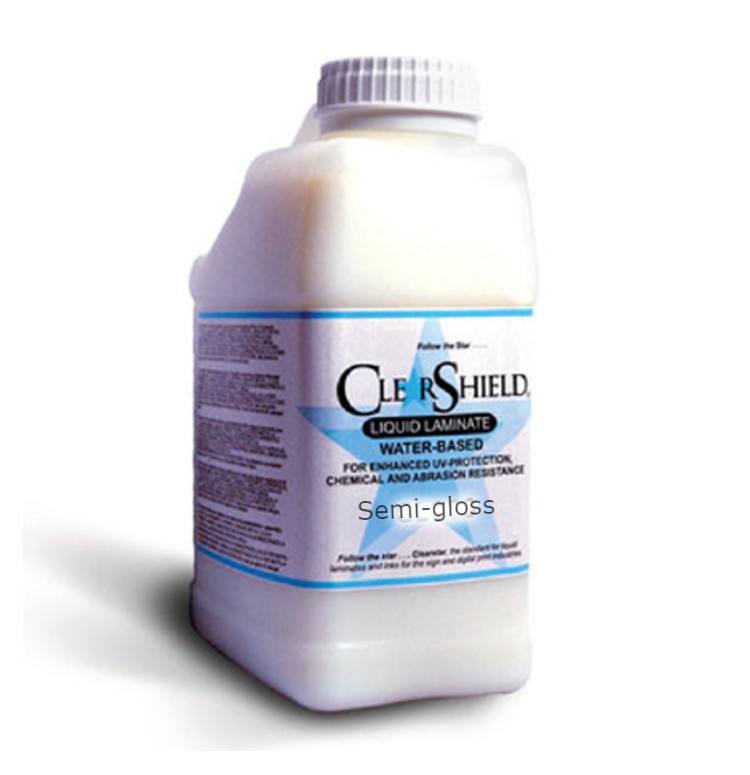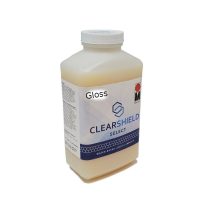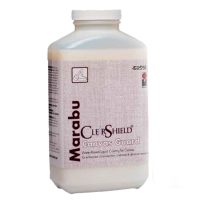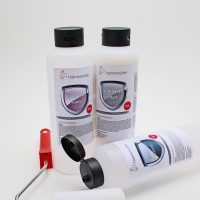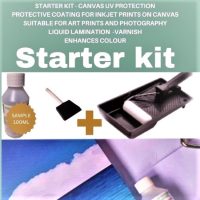Description
This formulation has the highest viscosity of any of the ClearShield Laminates. ClearShield Classic was designed to provide excellent UV-protection, chemical and abrasion resistance as well as dirt pick up resistance. ClearShield Classic can be applied by hand using a roller application, and it’s high viscosity makes it perfect for rolling onto vertical applications.
ClearShield Classic is a water-based liquid laminate that can offer the same protection as film laminates while saving as much as 60% in production costs. To ensure maximum protection our coatings are specifically formulated for a variety of inks and applications such as banners, graphics, billboards, signage, and truck-side curtains.
Marabu’s ClearShield Liquid Coatings are formulated with state of the art UV-inhibitors and HALS (hindered amine light stabilizers) to provide superior protection against damaging UV-rays. Our coatings also offer protection against chemicals, abrasion, and dirt pick up.
Applications Methods
ClearShield Classic can be applied by hand with a brush or roll application.
Always test a small part before you apply it to all your application.
Brush and Roll Application
Using the coating as supplied, brush and roll onto your print using a short-nap roller or a high-density foam roller. In-house, we prefer a 3/16″ short-nap roller when applying our coatings in a brush and roll application. Apply two coats, waiting approximately an hour in between coats for the coating to completely dry.
Marabu Product info link
FINISHES OPTIONS:
• Gloss
• Semi-Gloss
• Matte
How to apply Marabu ClearShield – recommendations:
It is very important to always work with full, wet coats. Water based products dry very quickly and will not level well if
applied with a dry roller (A dry applicator either is not sufficiently loaded with coating or the bulk of the liquid laminate
has already been transferred from the applicator to the surface).
- Let your print dry for 24 hours.
- Stir up well before use, don’t shake. After Stirring it is recommended to leave the liquid to settle prior to coating as bubbles/foam can cause imperfections in the coating.
- Roll on the liquid with a generous saturation of the roller to enable and ensure a good flood coat of the surface.
- Using a back and forth motion, start in one corner of the print and roll to the opposite corner, drawing from the puddle you created when first placing the roller on the print. The roller should push out excess coating in the direction of the uncoated substrate.
- Apply as little pressure as possible making sure you do not overwork the liquid laminate.
- Continue until you have completely covered the print or run out of liquid laminate. If you run out, load and submerge the roller again and begin in the last wet area to be coated.
- Do not start in an uncoated area and roll back. This technique mimics the wet edge associated with spray application.
- To allow the material to flow out, try to work wet (thicker, full coats). If the finish does not appear smooth enough (glass like) while still wet, you can reroll the print with the same roller you used. Do not saturate the roller again; reroll with a moderately loaded applicator.
- This must be done very quickly after the initial application
- Do not over roll the fluid as this can affect the quality of the finish (rough rather than smooth) as the liquid needs to flow out and will self-level.
- If you want a second coat, wait for the first coat to fully dry (usually about 1 hour) and then apply the second coat at a 90-degree angle to the first.
- A dilution with water is not necessary (If desired no more than 10%).
- The room must be dust free and well ventilated to will improve curing and drying time.
- We recommend the use of high-density foam roller or HVLP Spray system. For HVLP guns the pressure we recommend is 30 PSI at the gun. The ideal tip size should be 1.3 mm but you can use up to 1.6 mm.
- During lamination, the ambient temperature target is 20°C with a relative humidity of 50%.
- Surface dryness is achieved after 20-30 minutes depending on the thickness of the laminate added (good drying properties after several hours) in normal warm/dry ambient conditions.
- Storage of Clear Shield should be in a dry place not under +5°C.
- Do not leave the bottles open for extended periods of time and ensure bottles are well sealed after use. Liquid laminate can react to air exposure if the bottles are not re-sealed. This can lead to Congealing effect (Strings and threads) these need to be removed by re-filtering the liquid from the container.
- Re-filtering of the laminate is recommended if it has not been used for an extended period of time.
- The guarantee or storage life is 12 months from manufacturers’ production date.

